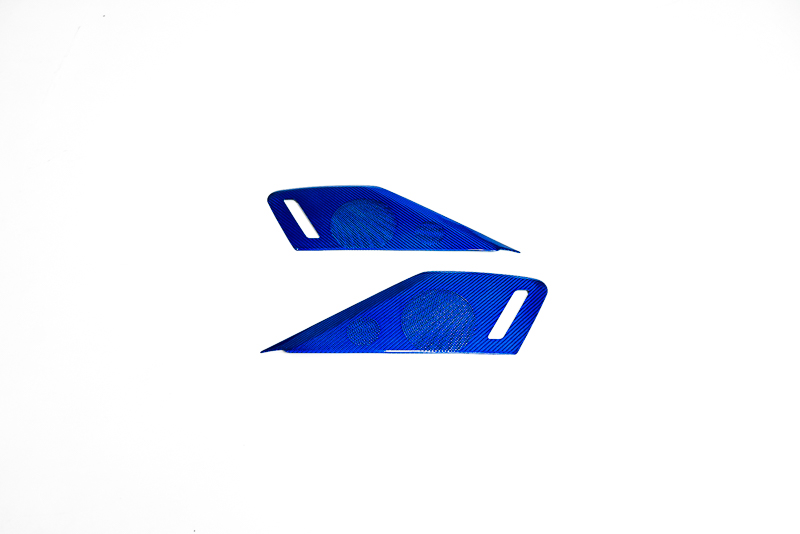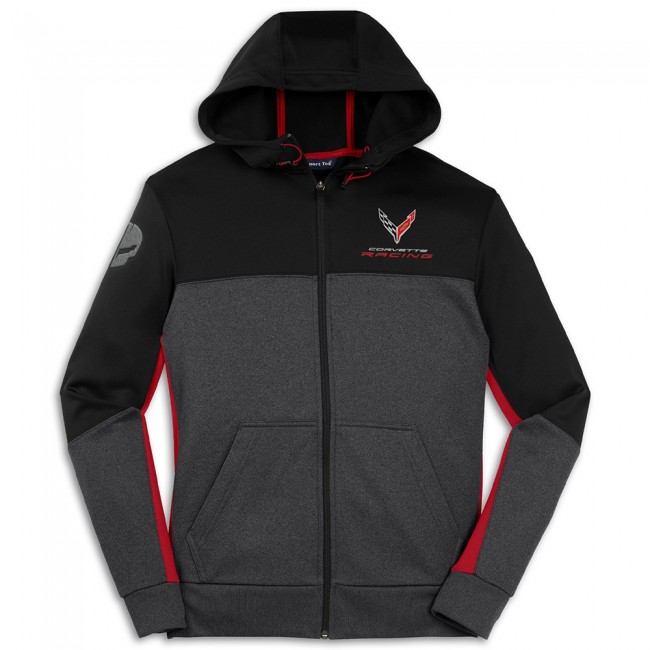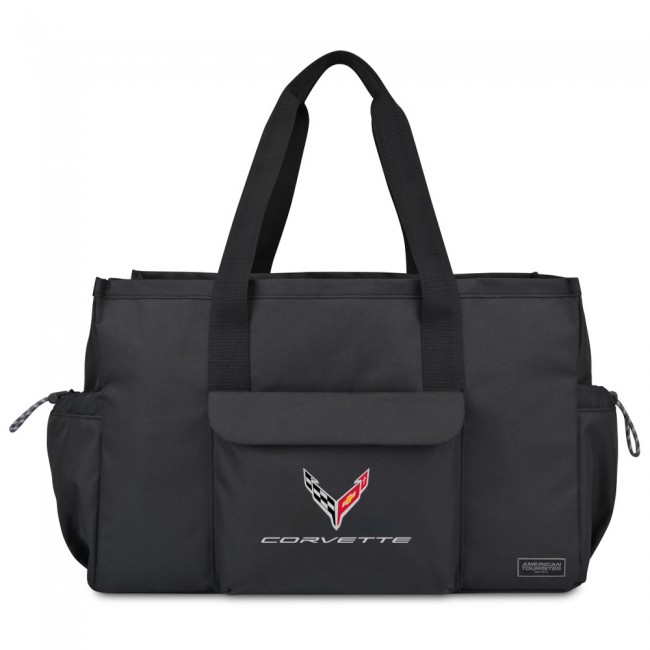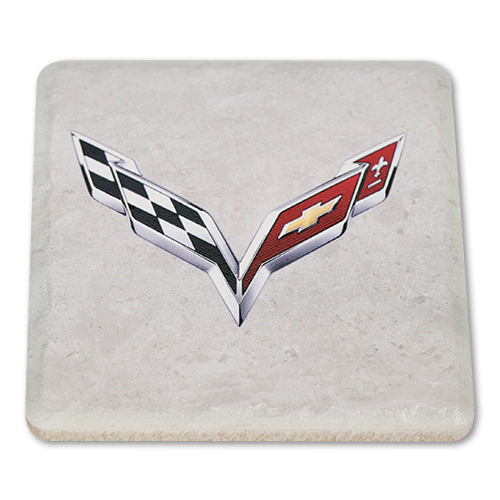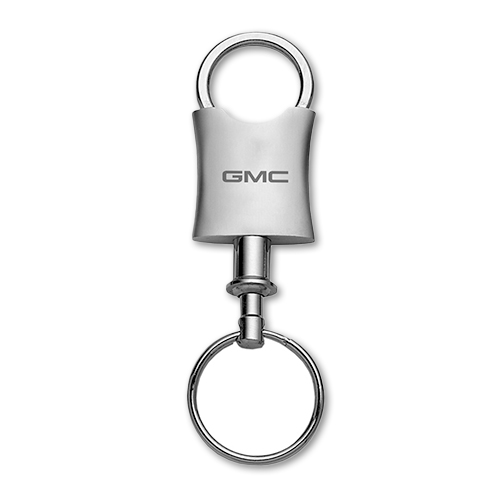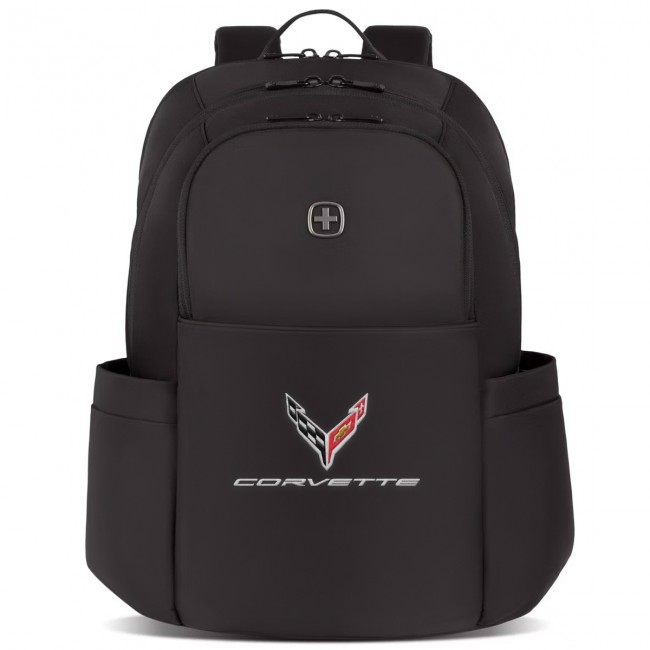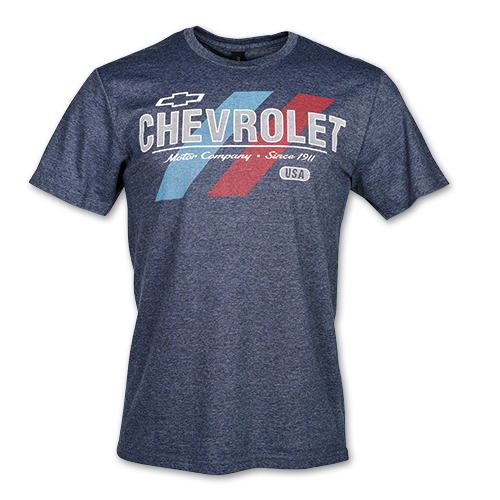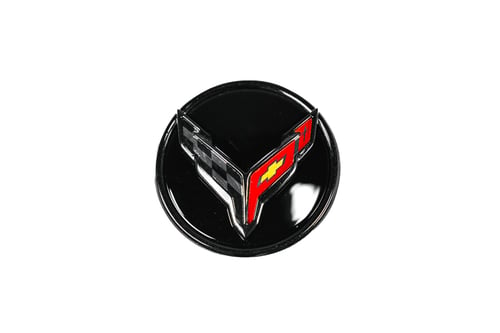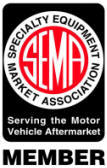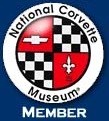866-893-2090 sales@c6performance.com
- Home
-
Products
- C8 Corvette LT2 LT6 LT7 E-Ray
- C8 Corvette Air Intakes
- C8 Corvette Apparel/Accessories
- C8 Corvette Brakes
- C8 Corvette Car Care
- C8 Corvette CONCEPT8
- C8 Corvette Custom Painted
- C8 Corvette Electronics
- C8 Corvette Driveline
- C8 Corvette Exhaust
- C8 Corvette Engine
- C8 Corvette Exterior
- C8 Engine Dress Up
- C8 Corvette Floor Mats
- C8 Corvette Graphics, Emblems
- C8 Corvette Interior
- C8 Corvette Nitrous Systems
- C8 Corvette Performance Packages
- C8 Corvette Suspension
- C8 Corvette Superchargers
- C8 Corvette Service Tools
- C8 Corvette Tuners, Programming
- C8 Corvette Turbos
- C8 Corvette Lighting
- C8 Corvette Racing Gear
- C8 Corvette Wheels
- C8 Corvette Z06 WideBody
- C7 Stingray, Z06, GS, ZR1
- C7 Corvette Air Intakes
- C7 Corvette Accessories
- C7 Stingray / Z06 / GS Gifts
- C7 Corvette Apparel
- C7 Corvette Audio, Radar
- C7 Corvette Brakes
- C7 Corvette Car Care
- C7 Corvette Car Covers
- C7 Corvette Carbon Fiber
- C7 Corvette CHROME
- C7 Corvette Concept7
- C7 Corvette Driveline, Drivetain
- C7 Corvette Emblems, Decals
- C7 Corvette Racing Stripe Decals
- C7 Corvette Engine Dress Up
- C7 Corvette Engine LT1/LT4/LT5
- C7 Corvette Exhaust
- C7 Corvette Exterior
- C7 Stingray / Z06 / GS Interior
- C7 Corvette Floor Mats
- C7 Corvette Lighting
- C7 Corvette Nitrous Oxide
- C7 Performance Packages
- C7 Corvette Programmers
- C7 Corvette Racing Gear
- C7 Corvette Superchargers
- C7 Corvette Suspension
- C7 Corvette Tires
- C7 Stingray, Z06, ZR1 Wheels
- C7 Corvette Tuning
- C7 Corvette Widebody
- C7 Grand Sport
- C7 Z06 Corvette LT4
- C7 ZR1 Corvette LT5
- C5 C6 Z06 ZR1 GS Corvette
- 2010-13 Grand Sport Corvette
- Air Intakes - Corvette
- Apparel and Accessories
- Corvette Audio/Electronics
- Corvette Brakes
- Corvette Car Care
- Corvette Car Covers
- Corvette Drivetrain
- Corvette Engine Performance
- A/C Compressors
- Blocks & Strokers
- C5 / Z06 Engine Dress-up
- C6/C5 Corvette CHROME
- C6/GS/Z06/ZR1 Engine Dress-up
- Camshafts & Valvetrain
- Corvette Cooling
- Corvette Lubrication
- Corvette Plumbing
- Corvette Synthetic Fluids
- Cylinder Heads
- Fastners, Bolts, Studs
- Gauges, Shift Lights, Mounts
- Ignition/Fuel
- Intake Manifolds, Throttle Bodies
- LS Engine Components
- Misc. Engine Parts
- Crate Engines
- Corvette Floor Mats
- Corvette Ladies Apparel
- Corvette Race Gear
- Corvette Seat Covers, Protection
- Corvette Tools
- Decals, Graphics, Emblems, Stripes
- Exhaust - C5/C6 Corvette
- Exterior - Corvette
- Group Purchase
- Interior - Corvette
- Lighting - Corvette
- Nitrous Systems Corvette
- Performance Packages
- Performance Tuning
- Pitstop Furniture
- Superchargers/Turbo
- Suspension - Corvette
- Wheels / Tires Corvette
- ZR1 Carbon Fiber 2009-13
- 2010-2015 Camaro, 5th Gen
- Camaro 2010 Apparel/Accessories
- Camaro 2010 Audio
- Camaro 2010 Body Kits
- Camaro 2010 Brakes
- Camaro 2010 Car Care
- Camaro 2010 Drivetrain
- Camaro 2010 Engine
- Camaro 2010 Exhaust
- Camaro 2010 Exterior
- Camaro 2010 Graphics
- Camaro 2010 Interior
- Camaro 2010 Lighting
- Camaro 2010 Nitrous Oxide Systems
- Camaro 2010 Performance Parts
- Camaro 2010 Supercharger
- Camaro 2010 Suspension
- Camaro 2010 Tuning
- Camaro 2010 Turbo Systems
- Camaro 2010 Wheels/Tires
- Camaro Accessories
- Camaro Car Covers
- Camaro Decals, Emblems, Stripes
- Camaro Floor Mats
- Camaro Racing Gear
- Custom Painted Camaro Parts
- Vehicle Fluids
- 2016-2024 Camaro, 6th Gen
- 6th Gen Accessories/Apparel
- 6th Gen Air intakes
- 6th Gen Camaro Brakes
- 6th Gen Camaro Car Audio
- 6th Gen Camaro Car Covers
- 6th Gen Camaro Carbon Fiber
- 6th Gen Camaro Cooling
- 6th Gen Camaro Custom Painted
- 6th Gen Camaro Decals, Emblems
- 6th Gen Camaro Drivetrain
- 6th Gen Camaro Engine
- 6th Gen Camaro Engine Dress up
- 6th Gen Camaro Exhaust
- 6th Gen Camaro Exterior
- 6th Gen Camaro Interior
- 6th Gen Camaro Lighting
- 6th Gen Camaro Nitrous Systems
- 6th Gen Camaro Racing Gear
- 6th Gen Camaro Racing Stripes
- 6th Gen Camaro Superchargers
- 6th Gen Camaro Suspension
- 6th Gen Camaro Tuning
- 6th Gen Camaro Wheels
- 6th Gen Car Care
- 6th Gen Graphics, Stripes
- Camaro 6th Floor Mats
- 1982-2002 Camaro/Trans AM
- C4, C4/ZR1 Corvette 84-96
- C3 Corvette 68-82
- C2 Corvette 63-67
- C1 Corvette 53-62
- Corvette Collection Apparel
- All Vehicles
- Cadillac CTS, 2000-2024
- Ford Mustang
- New Products
- SPECIALS
- C8 Corvette LT2 LT6 LT7 E-Ray
- Featured
- Specials
- New Products
- My Account
- BLOG
- Newsletter
Categories
Information
Manufacturers
Featured
Latest products
| Product 28 of 1520 in category Fuel Corvette | |
Categories
Information
Manufacturers
Featured
Latest products
- Shopping Cart 0 items
My Account Info
Live Support
Advanced Search
Latest Specials
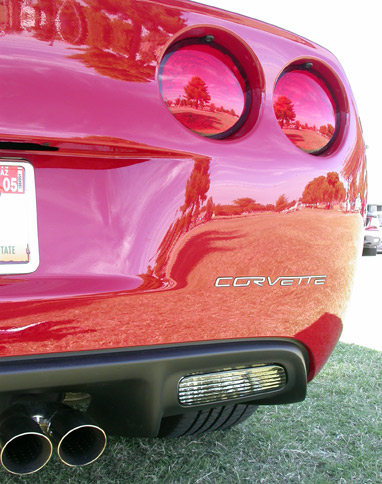
C6 "CORVETTE" Mirror Finish Rear Stainless Steel Letter Inserts, Fits all Model C6 Corvette
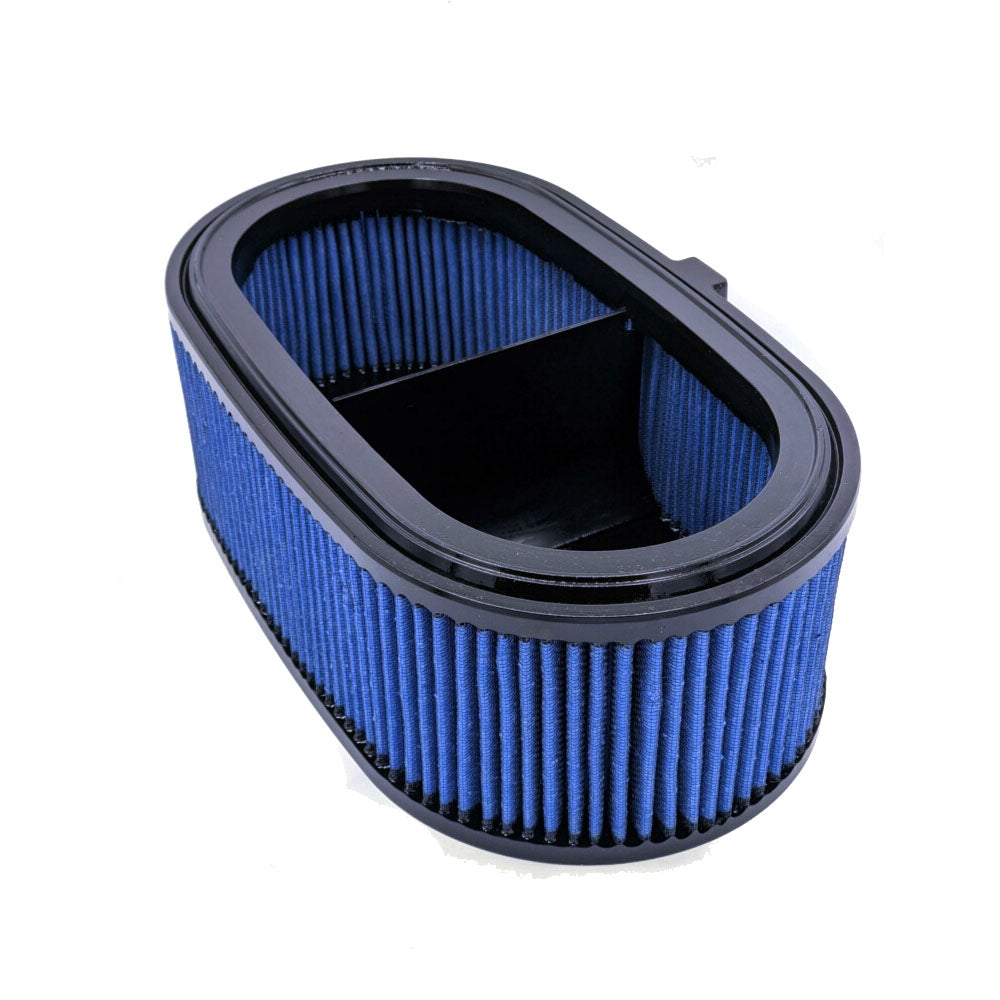
Corvette Attack Blue Dry Nano High Flow Filter, C8 Stingray, Z51 LT2
Notifications
Payments Accepted
Trade Associations
|


